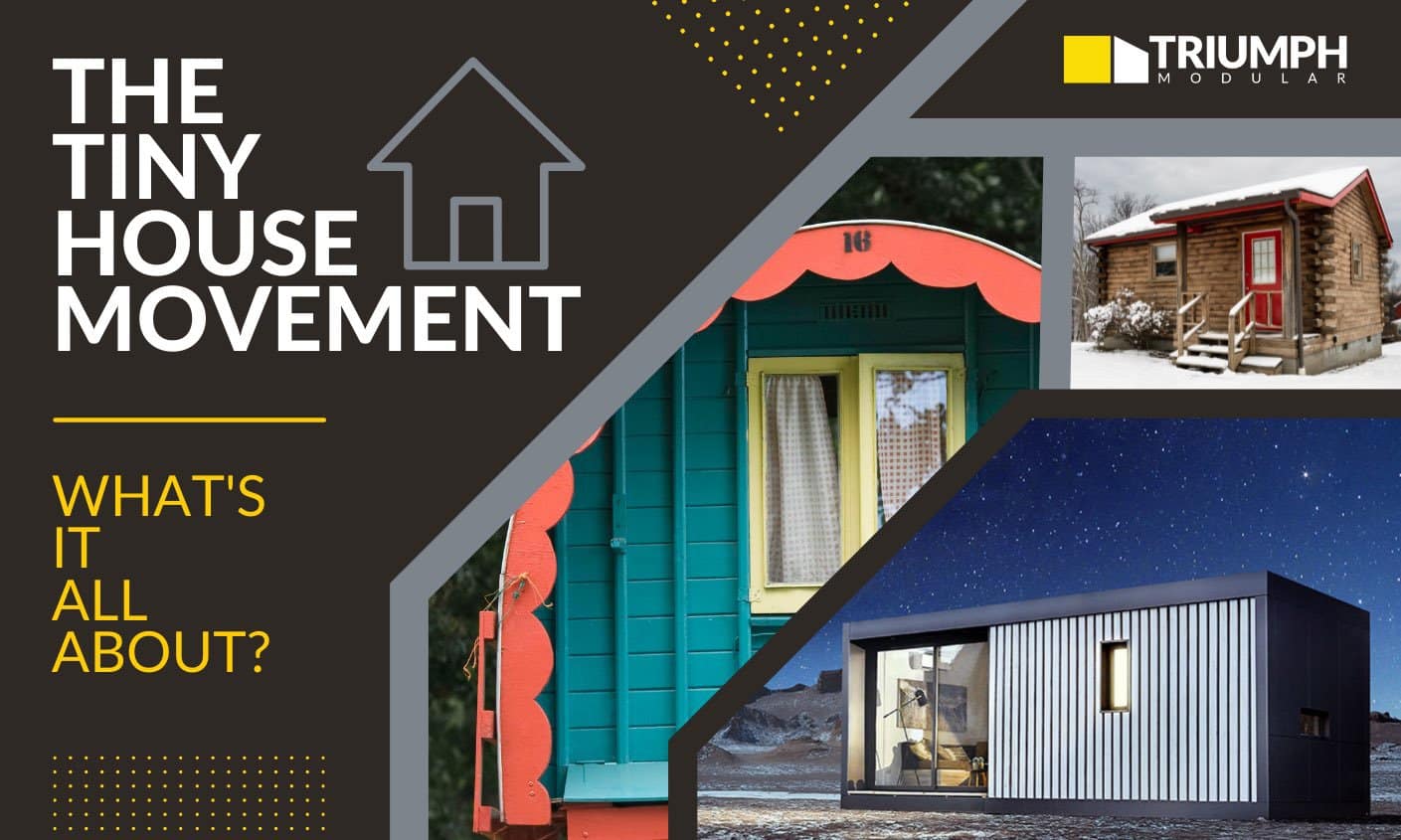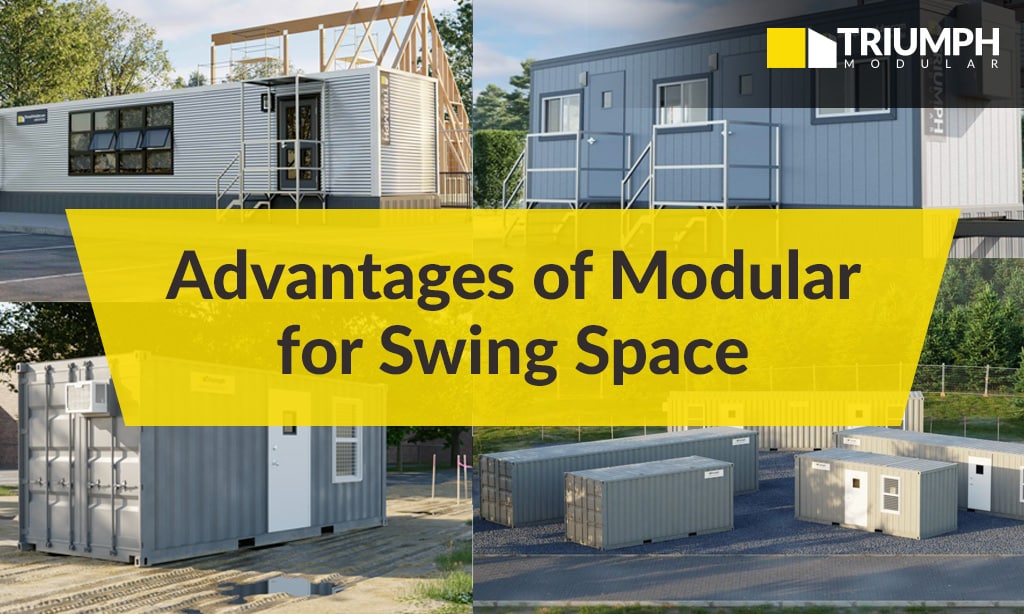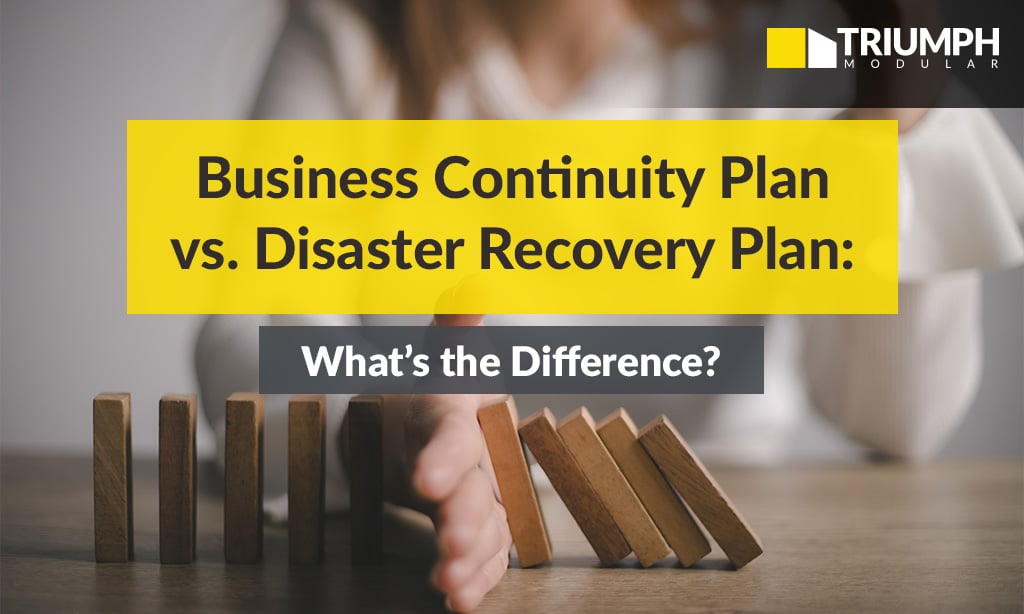Does bigger really mean better in the United States?
For the most part, the answer to that question is a resounding yes. Homes, trucks, and many other aspects of life in the states operate from a “go big or go home” perspective.
However, one movement seeks to challenge that notion directly: The tiny house movement.
Let’s dive into what a tiny home is and what some benefits and disadvantages of tiny house building are.
What Is a Tiny Home?
The term “tiny house” is loosely defined. In general, a tiny home is a house with square footage ranging from 100 to 400 square feet. A typical tiny house will never exceed 600 square feet, and the average build size clocks in at just 225. In contrast, the typical American home encompasses a whopping 2,600 square feet.
There are several styles of tiny homes: from modular builds on concrete slabs to properties towed on equally tiny trailers. The diversity (and availability) of prefab builds and online blueprints is, in part, what has led to the growing popularity of the tiny house movement.
The Tiny House Movement
The tiny house movement is a social and architectural movement perceived by followers as a return to a more simplistic lifestyle. Advocates of tiny homes are looking to avoid—clutter, cost, and being explicitly tethered to one location.
The tiny house movement has deep roots dating back to the 19th century, with small shacks and cabins used as dwellings in the southern United States. However, the modern movement as we know it today began to catch traction after the big-house boom of the 1990s and the subsequent housing market crash in the early 2000s. Many people who suffered from the effects of the recession decided to downsize—and mobilize.
Fast forward to today, and the tiny house movement continues to grow in popularity. It’s even caught media attention with the creation of reality TV shows like Tiny House Nation and Tiny House Hunters.
The Benefits of a Tiny Home
So, why are so many people attracted to the tiny house movement?
Everyone has their own reasons for wanting to downsize to a tiny house. However, these are some of the top reasons why people are making the switch.
Simplifying Life
One of the biggest reasons why many people transition to tiny home living is to simplify their lives. A tiny house forces people to evaluate their possessions and make smarter decisions regarding what they actually need.
When you have extra space, it’s easy to tuck certain things away in storage—creating clutter is just part of the territory. A tiny house doesn’t leave any space for clutter; you have to be a minimalist.
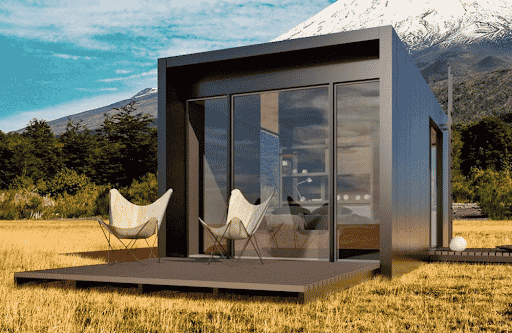
Lowering Expenses
Traditional housing carries high costs—especially in today’s market. For many, the tiny house movement is a chance to reduce their cost of living.
The most apparent savings come from the size reduction. The smaller footprint for tiny modular homes or prefabs means less time and materials that go into the build, which results in a lower cost for the owner.
Lower costs don’t stop with the blueprint, either. When construction is sound, heating and cooling costs for smaller spaces drop dramatically. Utilities and maintenance costs are almost always lower with a tiny house compared to traditional housing. Depending on nearby housing law, there may also be savings concerning the plot of land used for the tiny home.
Freedom of Movement
For some, the tiny house movement symbolizes freedom.
Mobile tiny homes are the perfect solution to have living space that makes travel a breeze. Certain types of tiny homes are easily relocatable and only require a small plot of land. Some require no land at all and are built entirely on trailers.
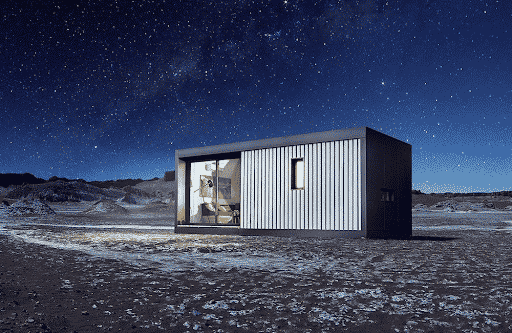
Environmental Impact
Less utility usage doesn’t only impact the wallets of the occupants. It also has a profound effect on our environment. Less consumption means reducing the environmental footprint of the tiny house. In some cases, tiny homes can be used by those who want to live completely off-grid.
Disadvantages of Tiny Houses
Despite the benefits of ownership, tiny homes aren’t perfect for everyone. They’ve got their own set of distinct disadvantages.
Restrictive Zoning and Homeowners Associations
Tiny houses obviously don’t require much space. Despite their diminutive footprint, many cities and towns make building a tiny home difficult (and costly).
Many Homeowners Associations with planned build designs also reject tiny homes that don’t fit with the neighborhood’s aesthetic. Depending on where you live, you’ll need to consult zoning laws to ensure that you aren’t building somewhere illegal.
Financing and Insurance
It’s true that tiny homes can significantly reduce ownership costs. However, it can be challenging to finance and insure a tiny house.
The primary method of financing a tiny house relies on personal loans. Most banks won’t allow you to take out a standard mortgage loan for tiny homes. Additionally, if you’re building a tiny home in the United States, the cost to insure said home can be expensive and can vary dramatically by state.
Despite these struggles, the tiny house movement has hardly evaporated. If anything, interest in tiny homes has increased as a result of the pandemic.
For More Inspiration
Although we don’t deal directly with tiny homes, modular construction and tiny houses share some parallels. In fact, Triumph Modular’s parent company, Tecno Fast, has created its own version of the tiny house: The Tiny Cabin for their clients in South America. Visit their website to take a closer look at their innovative designs.

